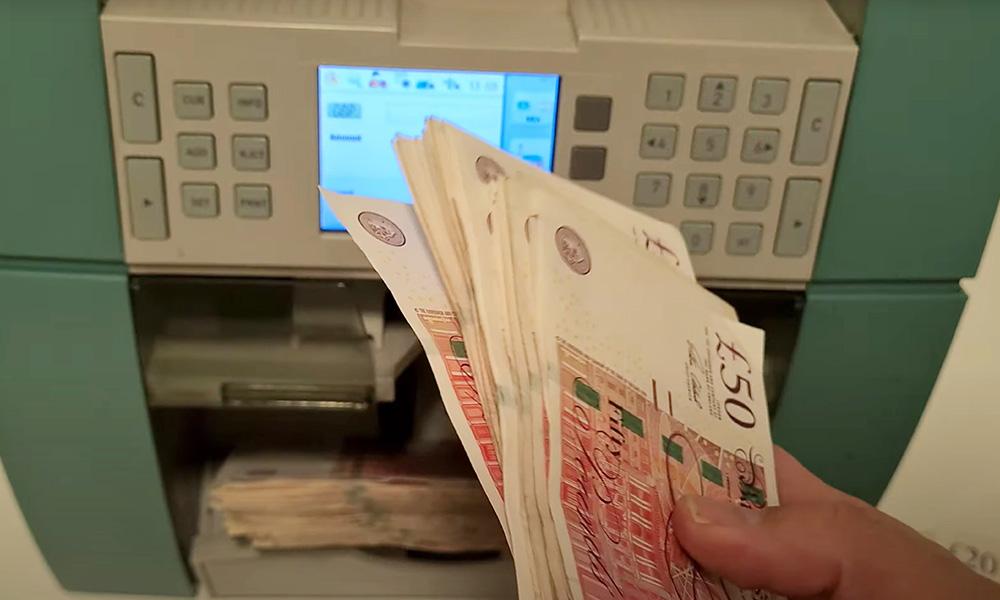After the surprise of the US July non-farm payrolls, why did the British pound rise sharply but was "crushed" by the euro?
2025-08-04 17:17:51

Interest rate cut plan: the trigger for the pound's weakness against the euro
The Bank of England plans to cut interest rates for the fifth time this round on Thursday (August 4th), lowering the benchmark rate by 25 basis points from 4.25% to 4.00%. With the CPI still reaching 3.6% in June (above the 2% target) despite a significant cooling in the job market, the Bank of England plans to lower the base rate by 25 basis points from 4.25%. Due to weak economic growth—after the export boost from US companies' advance stockpiling fades in the first quarter of 2025, growth is expected to slow significantly in the second quarter, and unemployment is expected to continue to rise. Despite the strong stickiness of inflation, most policymakers believe that maintaining high interest rates too quickly could exacerbate job losses and cause inflation to remain below the 2% target for a long time.
External risks weaken GBP fundamentals
External risks and long-term challenges are significant: although the UK and the US have reached a tariff agreement, the tariff levels of China, India and other countries are unclear, which may disrupt UK inflation and growth through the supply chain; the budget at the end of 2025 may increase taxes, which, coupled with trade uncertainty, will further suppress investment and recruitment and weaken the fundamentals of the pound.
The depreciation of the British pound may become the norm under the triple pressure
In the medium term, economic weakness, policy divergence, and external shocks are creating a triple downward pressure on the pound. If inflation remains sticky and the economy remains sluggish, the market may question the effectiveness of policies, accelerating the decline of the pound. A split vote in the Monetary Policy Committee (e.g., 5-2-2 or 7-1-1) could blur signals and amplify volatility. If the pace of interest rate cuts is faster than expected (e.g., another 25 basis point cut in the fourth quarter), pound weakness will become a regular occurrence. Furthermore, US tariffs on other economies could raise import costs in the UK, exacerbating imported inflation and complicating the central bank's struggle to balance "rate cuts to stabilize growth" with "fighting inflation," further weighing on the pound. As global trade frictions and geopolitical conflicts escalate, rising demand for the safe-haven dollar and the recent rise of the euro will also indirectly weigh on the pound.
Institutional and technical consensus: GBP has clear downside potential
Institutional forecasts and technical analysis also point to depreciation: Morgan Stanley and others believe that due to economic weakness and continued interest rate cuts, the pound may fall to 1.27-1.30 against the US dollar before the end of the year; ING pointed out that if the Bank of England further opens the door to easing, the pound may depreciate to 1.20-1.25; from a technical perspective, falling below the key support of 1.320 may trigger programmed selling and accelerate the decline.
In summary , although the pound may rebound in the short term due to an unexpected decline in inflation and an easing of the trade situation, multiple factors such as the Bank of England's interest rate cut plan, economic weakness, widening interest rate spreads, and external risks mean that the pound faces the risk of depreciation, and this pressure is unlikely to change fundamentally in the short to medium term.

GBP/USD daily chart, source: Yihuitong
At 17:06 Beijing time, the British pound was trading at 1.3282/83 against the US dollar.
- Risk Warning and Disclaimer
- The market involves risk, and trading may not be suitable for all investors. This article is for reference only and does not constitute personal investment advice, nor does it take into account certain users’ specific investment objectives, financial situation, or other needs. Any investment decisions made based on this information are at your own risk.





















